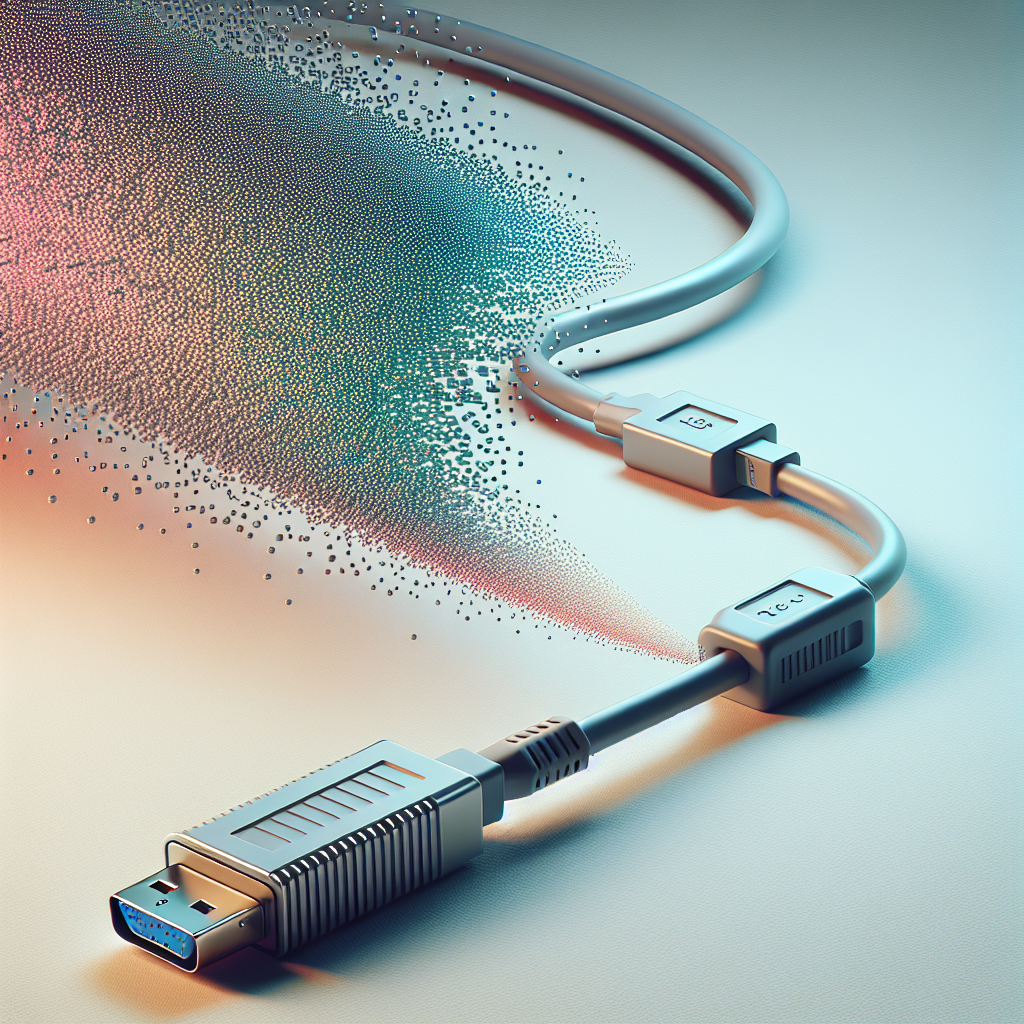Introduction
In today’s fast-paced digital world, having the right connections between devices is crucial for optimal performance, particularly when it comes to displays. Many users opt for USB to VGA adapters to connect modern laptops or desktops to older VGA displays. However, a common question arises: What’s the maximum refresh rate supported by a USB to VGA adapter?
Understanding Refresh Rates
Refresh rate, measured in Hertz (Hz), refers to how many times per second a display updates with new information. A higher refresh rate can lead to smoother motion and improved visual clarity, making it particularly important for gaming, video playback, and other high-motion tasks.
USB to VGA Adapter Basics
A USB to VGA adapter allows users to connect a computer’s USB port to a VGA-compatible monitor or projector. These adapters are particularly useful for extending displays or mirroring screens for presentations.
Maximum Refresh Rate of USB to VGA Adapters
The maximum refresh rate supported by USB to VGA adapters can vary significantly based on the specific adapter, its drivers, and the capabilities of the connected display. Typically, most USB to VGA adapters support refresh rates of:
- 60 Hz: This is the standard refresh rate for many displays, and most adapters will support this rate at a resolution of up to 1920×1080 (Full HD).
- 30 Hz: At higher resolutions, such as 2560×1440 (Quad HD) or 4K (3840×2160), many USB to VGA adapters may only support a maximum refresh rate of 30 Hz, which can lead to choppy visuals.
It’s important to note that these rates are contingent on the quality of the adapter and the capabilities of both the source device and the display.
Factors Influencing Refresh Rates
Several factors can influence the refresh rate of USB to VGA connections:
- Adapter Quality: Higher-quality adapters generally support better performance, including higher refresh rates.
- Driver Support: Up-to-date drivers can significantly affect performance. Always ensure that the latest drivers are installed for your USB to VGA adapter.
- Connected Display: The capabilities of the display itself can limit the refresh rate. For example, certain monitors may only support lower refresh rates regardless of the adapter used.
- USB Version: The version of USB (2.0 vs. 3.0) can impact performance. USB 3.0 adapters are generally capable of supporting higher refresh rates compared to USB 2.0.
Conclusion
When considering a USB to VGA adapter, it’s essential to pay attention to maximum refresh rates supported by the specific model you choose. While many adapters can handle 60 Hz at standard resolutions, higher refresh rates may not be achievable at greater resolutions. To ensure the best performance, opt for a high-quality adapter, keep your drivers updated, and always check the specifications of your display. By doing so, you can maximize your viewing experience whether you’re gaming, streaming, or presenting.

